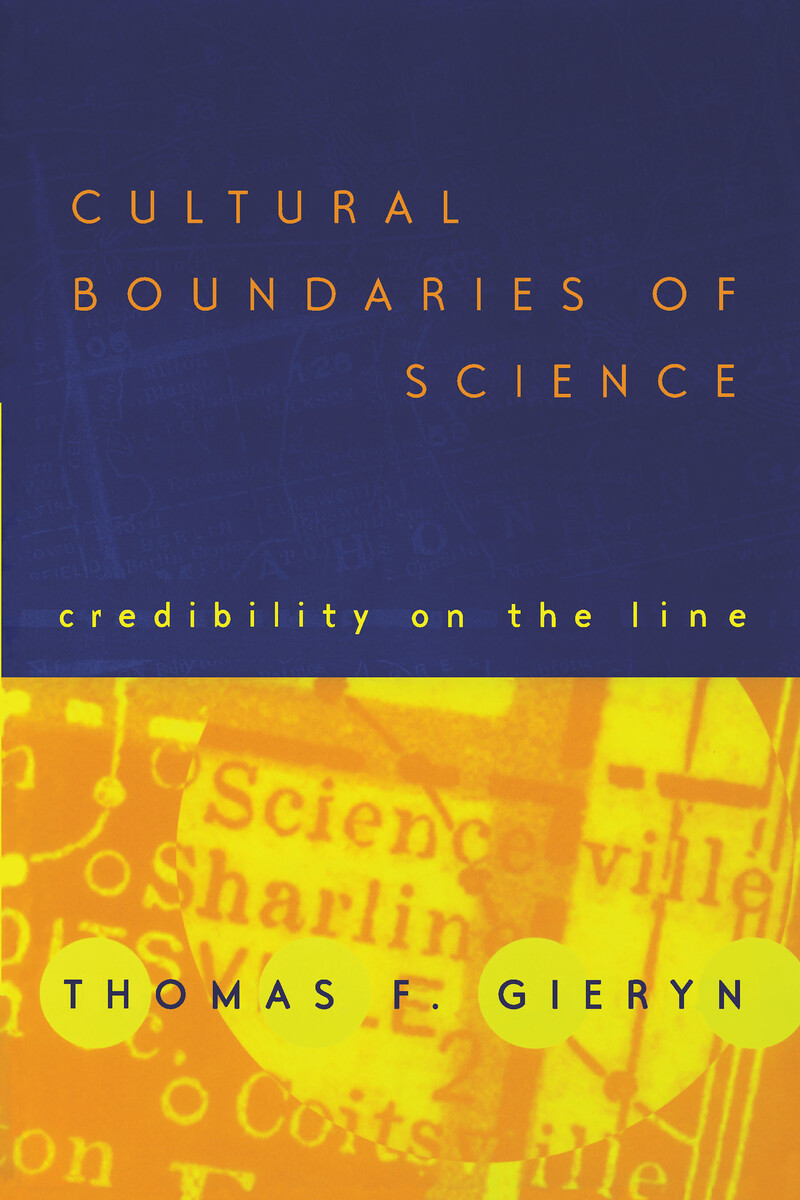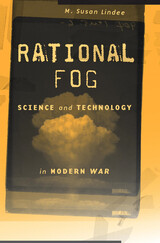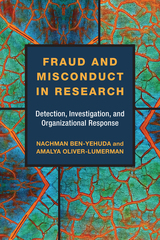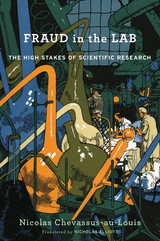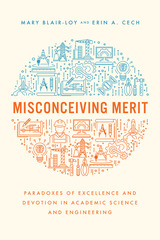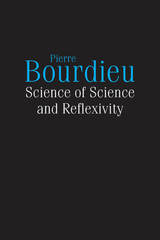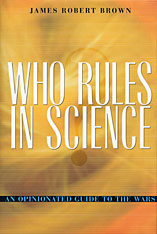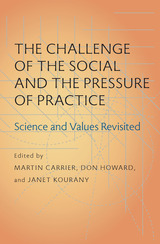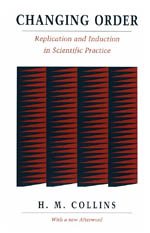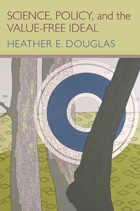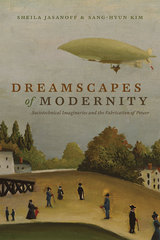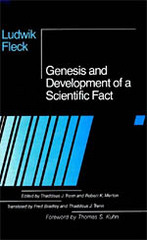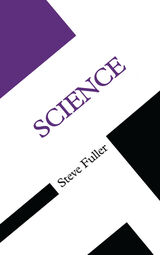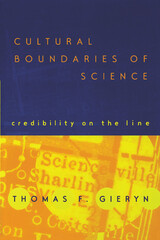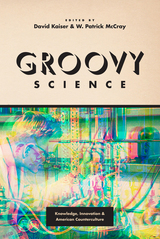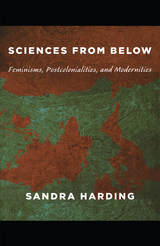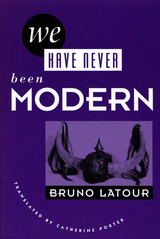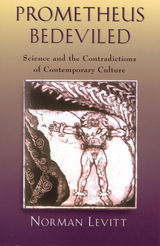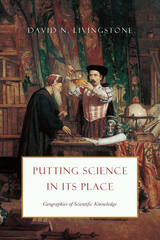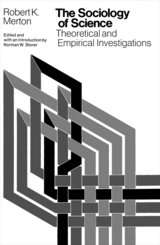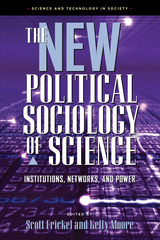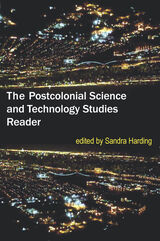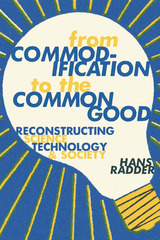Cultural Boundaries of Science: Credibility on the Line
University of Chicago Press, 1998
Paper: 978-0-226-29262-5 | Cloth: 978-0-226-29261-8 | eISBN: 978-0-226-82442-0
Library of Congress Classification Q175.5.G54 1999
Dewey Decimal Classification 303.483
Paper: 978-0-226-29262-5 | Cloth: 978-0-226-29261-8 | eISBN: 978-0-226-82442-0
Library of Congress Classification Q175.5.G54 1999
Dewey Decimal Classification 303.483
ABOUT THIS BOOK | AUTHOR BIOGRAPHY | TOC | REQUEST ACCESSIBLE FILE
ABOUT THIS BOOK
Why is science so credible? Usual answers center on scientists' objective methods or their powerful instruments. In his new book, Thomas Gieryn argues that a better explanation for the cultural authority of science lies downstream, when scientific claims leave laboratories and enter courtrooms, boardrooms, and living rooms. On such occasions, we use "maps" to decide who to believe—cultural maps demarcating "science" from pseudoscience, ideology, faith, or nonsense.
Gieryn looks at episodes of boundary-work: Was phrenology good science? How about cold fusion? Is social science really scientific? Is organic farming? After centuries of disputes like these, Gieryn finds no stable criteria that absolutely distinguish science from non-science. Science remains a pliable cultural space, flexibly reshaped to claim credibility for some beliefs while denying it to others. In a timely epilogue, Gieryn finds this same controversy at the heart of the raging "science wars."
Gieryn looks at episodes of boundary-work: Was phrenology good science? How about cold fusion? Is social science really scientific? Is organic farming? After centuries of disputes like these, Gieryn finds no stable criteria that absolutely distinguish science from non-science. Science remains a pliable cultural space, flexibly reshaped to claim credibility for some beliefs while denying it to others. In a timely epilogue, Gieryn finds this same controversy at the heart of the raging "science wars."
See other books on: Cross-cultural studies | Gieryn, Thomas F. | Line | Philosophy & Social Aspects | Social aspects
See other titles from University of Chicago Press
